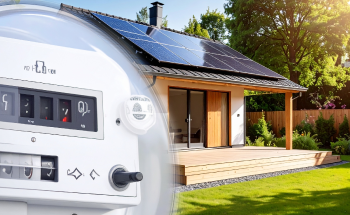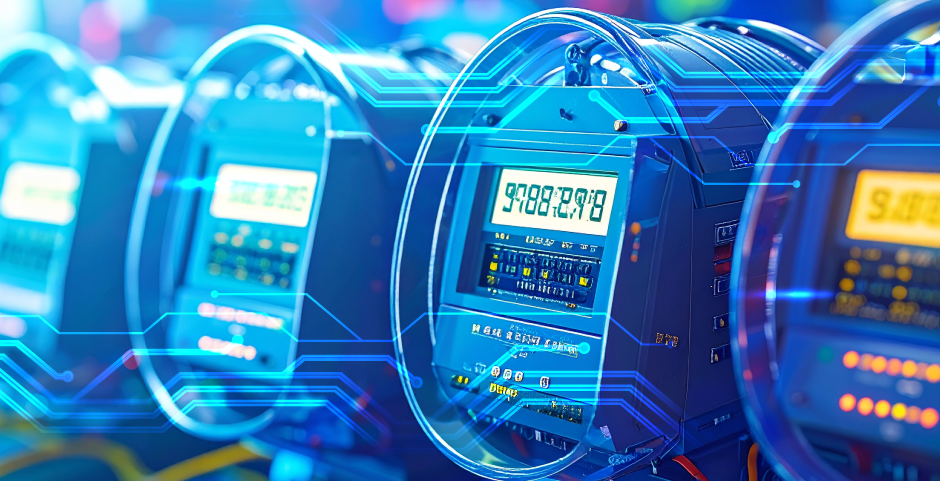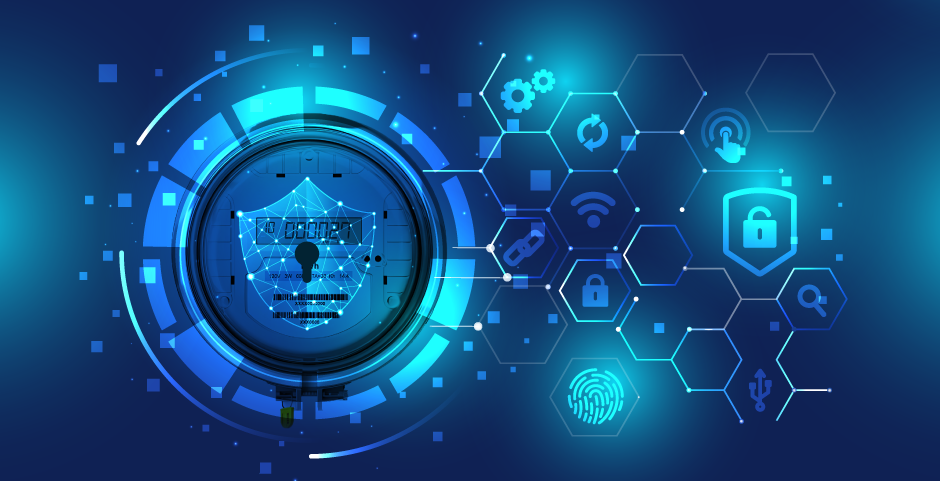9 Emerging Trends Shaping the Future of DNP3 and SCADA Systems
Shwetha Bhat February 13, 2025
Shwetha Bhat February 13, 2025
Looking ahead to the DNP3 and SCADA system in the future, there are several emerging key trends. For one, there are improvements in cybersecurity with evolving cyber threats. This protocol is expected to evolve regarding stronger encryption standards and mechanisms for authentication while its anomaly detection method must be tightened to develop a better and more secure system against cyber-attacks for the critical infrastructures.
The SCADA system is also integrating with IoT devices and cloud technologies, which helps them store and analyze data in more flexible forms and decide in real time with the help of such scalability.
Use of edge computing is now an increasingly popular trend in SCADA systems. The devices are used for locally preprocessing data and thus eliminating the latency and improving the responsiveness in utilities and manufacturing applications.
Advanced analytics and AI integration into SCADA systems can analyze huge volumes of data to provide actionable insights that may offer predictive maintenance, optimization of processes, and proactive decision-making.
The future roads for DNP3 and SCADA systems will be standardization and interoperability. IEC 61850 is being implemented so that different systems and devices can be compatible, allowing free communication and integration.
To improve the reliability of SCADA systems, resilient architectures combined with redundant configurations are used. This includes fault-tolerant designs with the aim of carrying on operation despite disruptions or failure.
The advancement in remote access capabilities features more advanced ways in which one can access SCADA systems regardless of their location. Such a trend supports the operation, maintenance, or troubleshooting of the system from remote locations, hence increasing system efficiency.
SCADA systems are increasingly focused on sustainability and energy efficiency. It even optimizes energy consumption by controlling and monitoring the process better, thereby conserving the environment.
All these trends together seem to indicate a dynamic evolution of DNP3 and SCADA systems driven by the advancement of technology, increased connectivity, demand for greater operational efficiency and security, and other such factors in sectors related to critical infrastructure.

July 25, 2025
The world energy scene is being revolutionized by the fast-paced increase of decentralized renewable energy sources like rooftop solar, wind microturbines, and energy storage in batteries. batteries. The driving force…
Know More
July 25, 2025
Smart metering has evolved significantly over the last two decades as it became a building block of modern energy management solutions. At the core of the evolution is the DLMS/COSEM…
Know More
July 25, 2025
As the energy sector undergoes rapid digital transformation, smart metering has emerged as a foundational technology in modern utility networks. By enabling real-time monitoring, automated billing, and remote disconnection, smart…
Know More